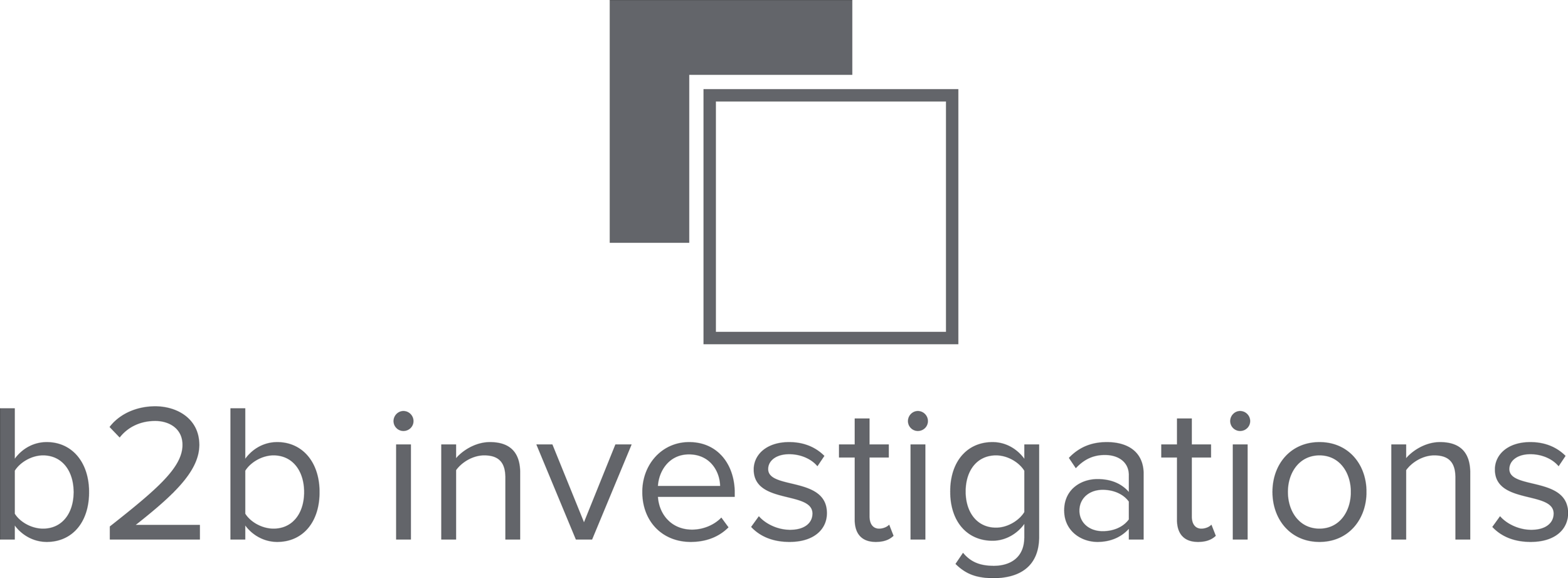In a Hamilton State of Mind
Recently I had the opportunity to see the highly acclaimed Hamilton Broadway Show in New York. First things first, if you haven’t seen it yet and are in the area, it’s worth nabbing some tickets – you can rest assured that it lives up to the hype.
For those of you who may have been living under a rock and haven’t heard of this show, spoiler alert: it’s about a guy named Alexander Hamilton and the American Revolution. I’ll leave the rest of the spoilers to the history books. In honor of Independence Day and my PI peers, I’m highlighting the Culper Spy Ring’s vital role in America’s independence during the Revolutionary War.
The Culper Ring, also known as the Setauket Spy Ring was formed in 1778 by Major Benjamin Tallmadge at the behest of General George Washington during the British occupation of New York City at the height of the American Revolution. Their purpose was to keep General Washington apprised of British movements. Only Major Tallmadge was in contact with the ring, Washington did not even know who the members were.[1] The main members of the ring were Abraham Woodhull “Samuel Culper, Sr.” and Robert Townsend, “Samuel Culper, Jr.” Tallmadge was known as “John Bolton.” The ring operated in New York City, Long Island, and Connecticut from 1778 to the British evacuation of New York in 1783. They reported invaluable information to Washington about surprise attacks, British plans to counterfeit American currency to force the Continental Congress to retire the bills, and they were even credited with exposing an attempt on Washington’s life but there’s no official record of this. Agent 355, whose identity is unknown to this day, is thought to have played a role in exposing Benedict Arnold’s treason.
Robert Townsend was a Patriot feigning to be a British Loyalist, even writing for a loyalist newspaper. British officers and others freely gave him information due to his reputation as a loyalist and he passed this information on to General Washington.
Woodhull’s role was determining what information needed to be passed around the spy ring or forwarded to Tallmadge and ultimately to General Washington. The information that Woodhull shared with General Washington was transmitted to Caleb Brewster who crossed the Long Island Sound to Connecticut to pass the information onto Tallmadge.[2] Brewster was a spy that the British knew and suspected, he came periodically to retrieve and deliver messages for the Culper Ring.
As a female working in a male dominated industry, what intrigued me most about the Culper Ring was Agent 355. Her identity is unknown to this day. She was one of the first spies for the United States and one of the first female American spies. The number 355 decrypted translates to ‘lady.’ Agent 355 made only one appearance in coded documentation written in a letter from Woodhull to Talmadge: “I intend to visit 727 (code name for New York) before long and think by the assistance of a 355 (code for ‘woman’) of my acquaintance, shall be able to out wit them all.”[3]
Many speculate that agent 355 was a woman named Anna Strong, Woodhull’s neighbor. (Washington’s Spies, The Story of America’s First Spy Ring[4]). She was married to leading Patriot Judge Selah Strong who was arrested in 1778 for “surreptitious correspondence with the enemy.” With the help of Anna’s loyalist relatives, they were able to parole her husband to Connecticut where he remained until the end of the war. Anna Strong remained in Setauket and helped her neighbor Woodhull. She advised him of Caleb Brewster’s comings and goings. Anna Strong sent messages to Woodhull by hanging laundry on her clothesline. A black petticoat signified that Brewster was in town and the number of white handkerchiefs scattered through her wash indicated in which of the six coves Brewster hid his boat.
Others believe that Agent 355 could have been Elizabeth Burgin, Sarah Horton Townsend (Robert Townsend’s cousin) or Robert Townsend’s wife. It was also speculated that Agent 355 was not a specific individual but rather referenced a woman who had useful information but wasn’t a member of the ring.[5] Both Elizabeth Burgin and Sarah Horton Townsend were active during the American Revolution. Elizabeth Burgin smuggled over 200 American prisoners off of prison ships in New York Harbor before the British discovered this and then fled to Connecticut, eventually settling in Philadelphia. Sarah Horton Townsend’s husband was imprisoned by the British and she worked tirelessly to free him.
General Washington’s spy ring set the groundwork for our current intelligence community. He recognized the value in HUMINT (HUMan INTelligence) and that it was just as valuable as military might. In the words of a defeated British intelligence officer, “Washington did not really outfight the British. He simply out-spied us.” Although my fellow PIs and I are not a part of government intelligence, we too recognize the value in HUMINT when facing solutions to broad based client issues on a daily basis.
[1] https://www.mountvernon.org/george-washington/the-revolutionary-war/spying-and-espionage/george-washington-spymaster/
[2] http://www.womenhistoryblog.com/2011/07/anna-smith-strong.html
[3] Letter, Woodhull to Tallmadge, August 15, 1779
[4] http://www.lander.odessa.ua/doc/TheStoryofAmerica.pdf
[5] https://www.foxnews.com/opinion/women-at-war-the-lady-and-george-washingtons-secret-six
